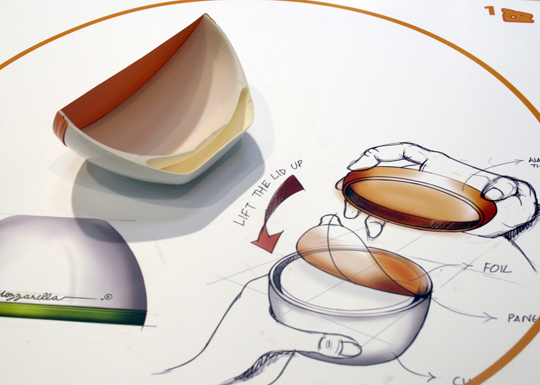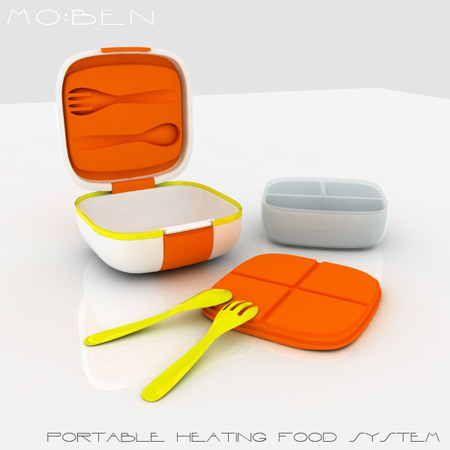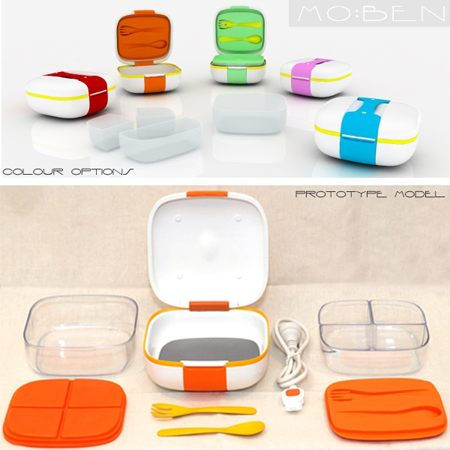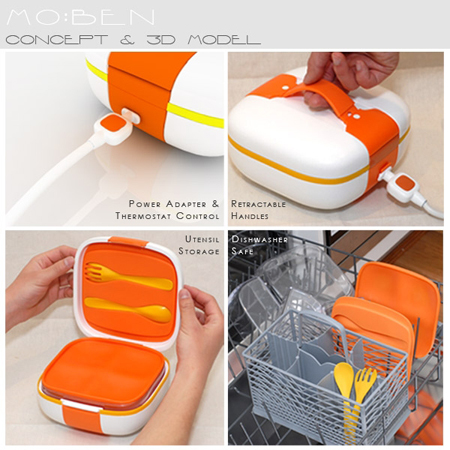10 essential questions for developing the first product (10 domande per sviluppare il primo prodotto)

Developing your first product can be daunting, the costs, pressure and lack of knowledge in the area is a sure put off.
One thing to consider before starting any design project is “Does this product already exist?” and ”Is there a need for it?”
But it’s not as hard as you may think; if you have an innovative idea and the capital to back it then the following points are essential to know before you begin.
1. Who will buy your product?
You must make sure that there is a market for your new product, and that it is not ‘a solution looking for a problem’. To do this, protect your idea (see 5) and then discuss it with your personal contacts and people involved in the industry that your product is relevant to.
2. How many potential customers are there?
First, you need to find out the total size of the market that might buy your product (cyclists, plumbers, whatever). Then, you need to estimate the percentage of that market that might be interested in your product. Finding out the number of sales for similar products can help make the figures more realistic.
3. Who will you be competing with?
All products have competitors. Thoroughly examine yours, both the obvious ones and those that provide a similar solution to the problem that you are trying to address. When you have done that, work out the strengths and weaknesses of your new product compared to the competition and look for the areas of competitive advantage. This will lead on to asking…
4. What will make your product the best choice?
You will need to identify clear benefits or qualities that differentiate your product from the competition. Examples of positive differentiators are better appearance, higher quality, ease of use, durability and environmental benefits. Avoid using low cost as the only means of differentiation – it just makes your business look cheap. Go on Wikipedia and search for ‘product differentiation’ for more information on this topic.
5. Can your product idea be protected?
Making sure your idea is protected is essential if it requires it. During your initial discussions, you can prepare a Non-Disclosure Agreement (NDA) that binds the signatories to keep your ideas secret. You can then explore patents and design registration. Be aware that good patent advice and searches can cost several thousand pounds.
Another option available are Provisional Patents, a great tool for the small budget inventor as they allow basically 12 months as a tester period. Just make sure to maximize the use of those 12 months as you will need to decide to either file a full patent or go unprotected after that.
6. Which standards will your product need to meet?
All products sold in the EU need to be CE marked, and some must comply with stringent safety, environmental and performance criteria. Some of these involve detailed testing routines that have to be carried out on prototype parts by specialists. The British Standards website is a good starting point to see which standards will apply to your product.
7. How will your product be manufactured and sold?
Will you make the product yourself or will you sub-contract production to someone in the UK or Asia? How much are you prepared to investing tooling and production set-up? Will you sell the product direct to the public, sell through retail outlets, or sell the idea to another company? These issues need to be considered at the outset, as they will have a significant impact on commercial success.
8. How much will all this cost?
In addition to patent advice (see 5), the design and development of a product, including the data needed for manufacture, can cost anywhere from several thousand to many tens of thousands of pounds. Prototyping and testing to meet standards, etc., can also cost several thousand pounds. Production tooling for a simple one piece moulding may be a couple of thousand pounds, whilst a large complex product may cost hundreds of thousands to tool up for. Promotion and marketing also requires significant investment if it is to be effective. The important thing to recognise is that very few products can be developed, produced and launched for less than a six figure sum.
9. How will you pay for it?
If your funds are limited, it is essential to phase the work so that your risks are minimised. The first phase will be protecting your intellectual property. The second phase will be developing a ‘proof of concept’ model that you can use to demonstrate your basic idea. You should be prepared to spend several thousand pounds to achieve this. With this model and a good plan (see below) you will then be able to approach investors to gain funding for full commercial development.
10. Do you have a plan?
All the issues above – and other essentials like how you will survive financially while you are working on your idea – need to be written up in to a detailed business plan. This will make your business idea more credible to investors, but will also enable you to minimise your risks.
Example of a possible new development:



[ add comment ] ( 69 views ) | permalink |




 ( 3.1 / 2606 )
( 3.1 / 2606 )

 Calendar
Calendar